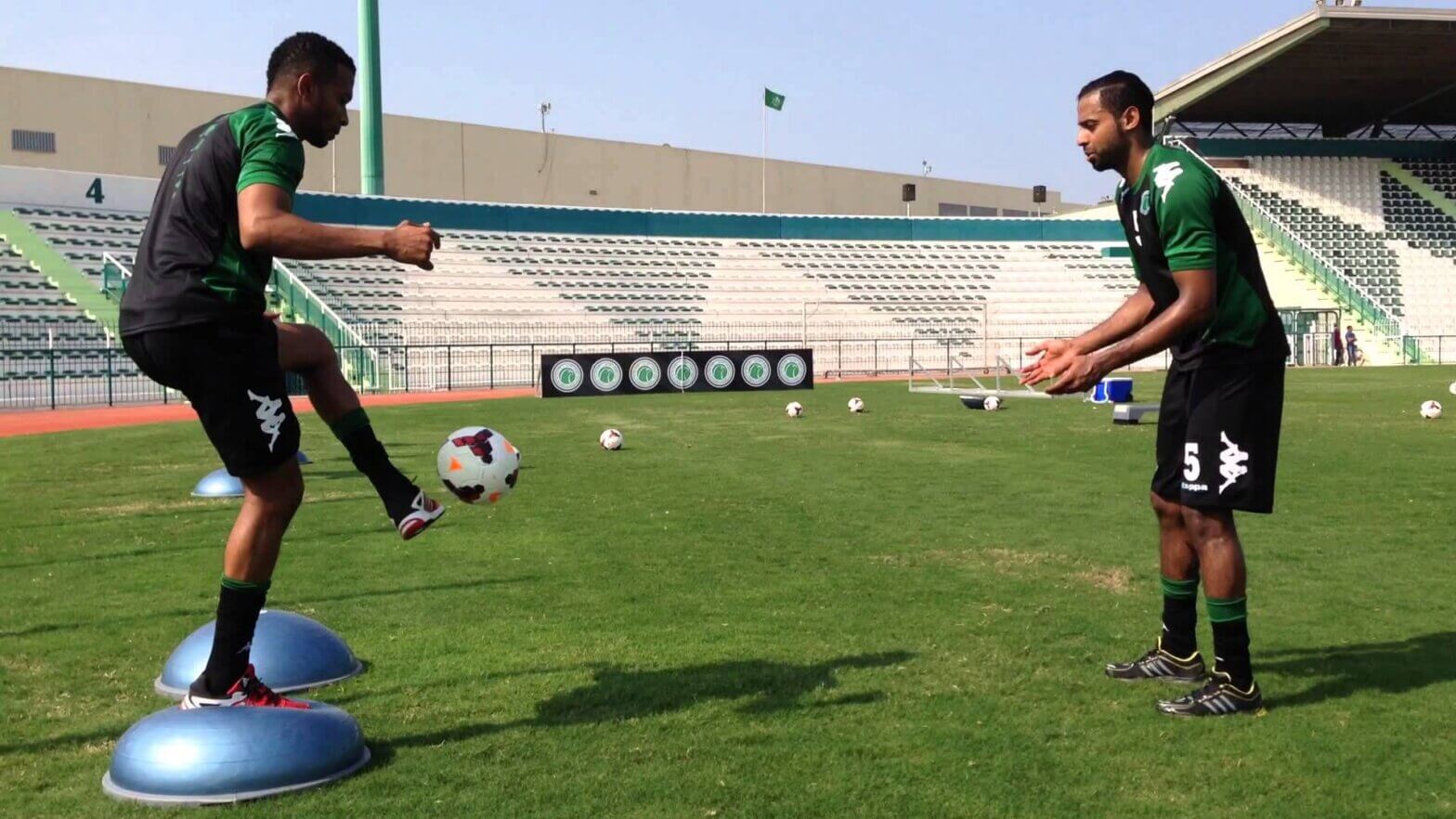Knee injuries are common among those who engage in recreational sports or exercise. One of the most prevalent injuries are meniscus tears. This can occur acutely during activity or happen gradually over time. Regardless of the mechanism of injury, a torn meniscus can lead to significant knee pain and subsequent disability.
What is The Meniscus?
There are two menisci in each knee – a medial meniscus, and a lateral meniscus. These cartilaginous structures are fixed to the top of the tibia and act as shock absorbers for the rounded end of the femur that joins it to form the knee joint. The meniscus also deepens the concave portion of the joint which improves congruity of the bony structures and therefore improves the stability of the knee.
Meniscal Injuries
As mentioned above, the meniscus can be damaged through repetitive use of the knee over time or acutely; most often during sport or exercise. For the chronic, degenerative meniscus tears, specific risk factors have been identified. Studies have shown that men over 60 years old who engage in work-related kneeling, squatting and stair climbing were at greater risk for a degenerative meniscus tear. Alternatively, playing soccer and rugby were common risk factors associated with acute meniscus tears. Treatment options are available for both types of tears and they differ slightly depending on an individual’s presentation.
Treatment For Meniscus Tear
Treating this type of injury varies from person to person as several factors are responsible for determining the most appropriate treatment option. For acute meniscus tears, if the lesion is in the portion of the meniscus that is highly vascularized, it has greater potential to heal without surgical intervention. Alternatively, if the tear is in a portion of the meniscus that does not have adequate blood flow, surgery may be more appropriate. For the chronic, degenerative tears, treatment may consist of physical therapy and/or surgical intervention. A surgeon would determine whether a partial meniscectomy – removal of part of the meniscus – or a meniscal repair is more appropriate. Regardless of whether or not surgery is indicated or what type of surgery is appropriate, physical therapy is essential in recovering from this type of knee injury and returning to recreational physical activity.
Physical Therapy For Meniscal Tears
After injury, it is important that the knee joint is able to move through a range of motion that allows for normal function of the leg. A physical therapist will be able to prescribe range of motion exercises and utilize joint mobilization to ensure normal motion is achieved. After this, a physical therapist will utilize strengthening and balance-focused exercises to improve strength and single leg control. Once the foundational knee strength is established, exercises that simulate preferred physical activities are often used to facilitate safe return to these activities.
If you have suffered a knee injury, physical therapy can help get you back to your prior level of function. Call Respire Physical Therapy at 703-671-1871 or click here to schedule an evaluation with a Physical Therapist today and get started on your personalized recovery plan!
Tags: torn meniscus, choosept, arlingtonva, alexandriava, sport injury, fallschurchva, ptworks, Physical Therapy, pain free living, Respire Physical Therapy, Knee Injury, physical therapist, regain your movement freedom, knee pain



